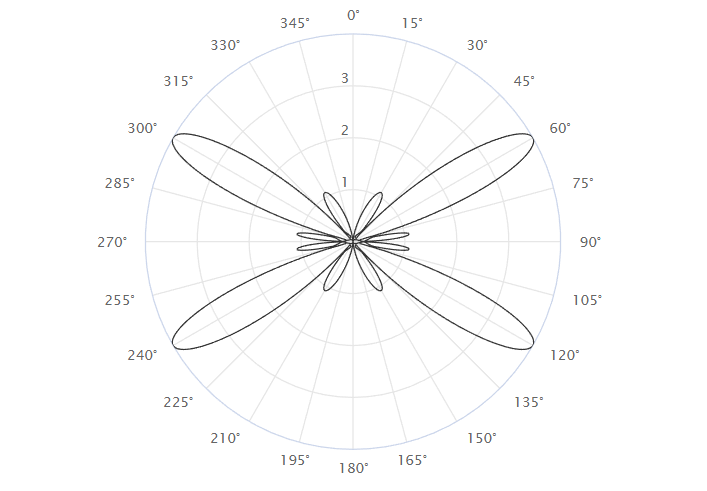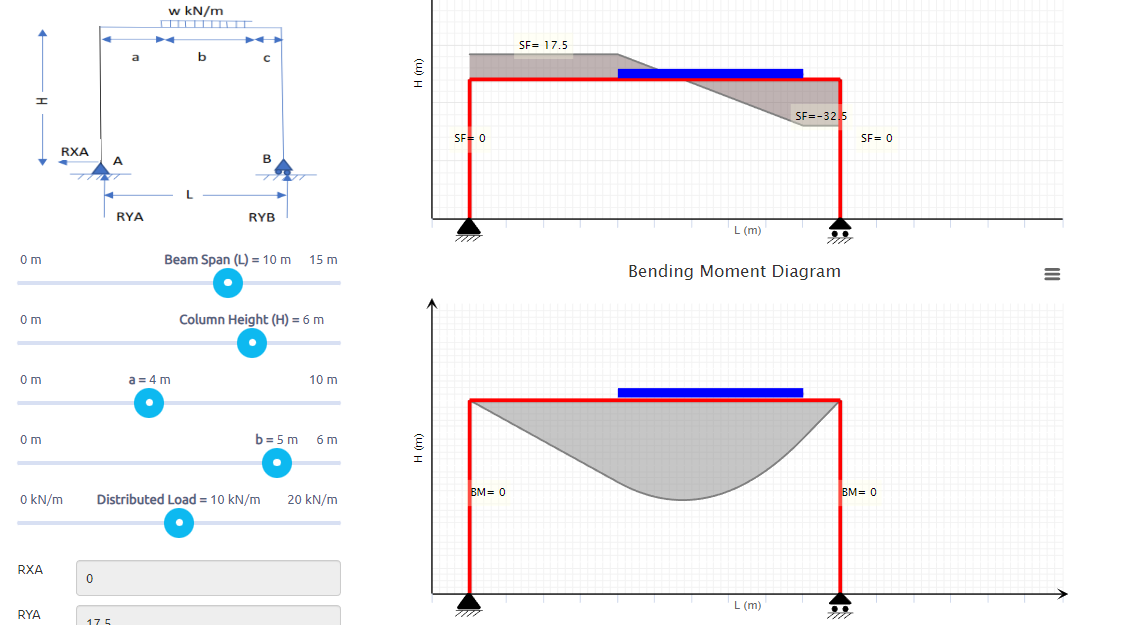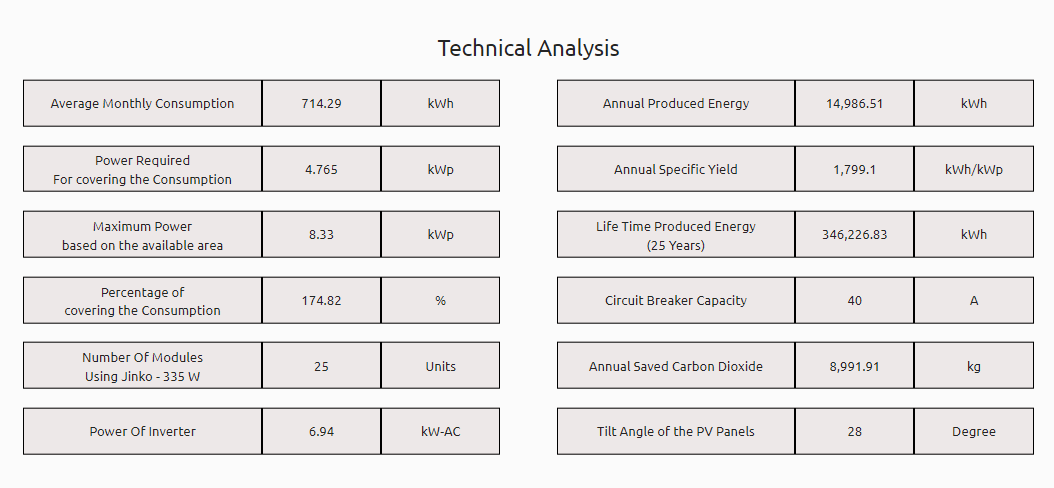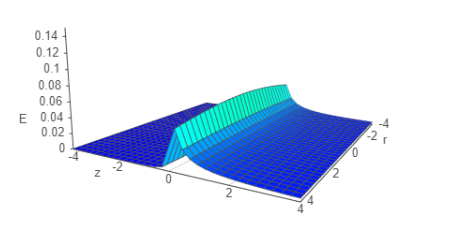Online tools are simulation-based calculations with different visualization and charting capabilities students/teachers can use to understand and examine the effect of certain parameter(s) variation on the behavior of a specific physical and engineering concepts.
Online tools represent a must-have supporting element in teaching & learning processes that matches the country strategic objectives towards 'digital transformation'. The developed online tools cover wide range of engineering concepts.





